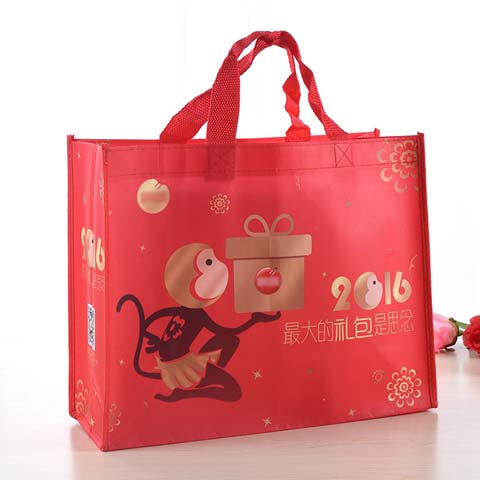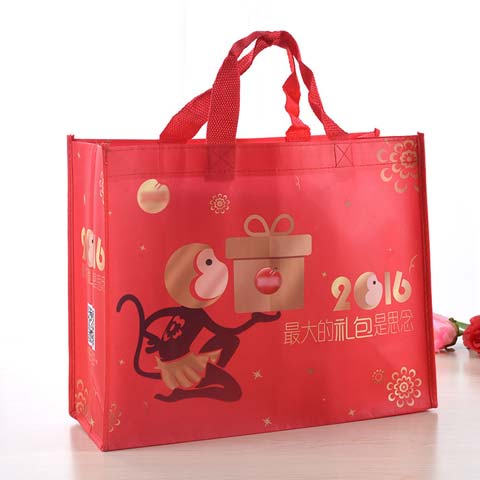
1. Intrinsic requirements: Intrinsic requirements for food packaging refer to the technical requirements for ensuring the quality and quantity of food in its packaging through packaging.
Strength requirement: It means that the package can protect the packaged food against various destructive forces, such as pressure, impact and vibration, during storage, stacking, transportation, and handling. There are many factors related to the strength of food packaging, mainly including transportation methods (such as automobiles, airplanes), stacking forms (such as multi-layer stacking, cross stacking) and environment (such as climate, sanitary environment) and other three types of factors.
Barrier property requirements: Barrier property is one of the important properties in food packaging. Many foods are stored and packaged. Due to poor barrier properties, the flavor and quality of the food will change, which will ultimately affect the quality of the food. The barrier requirements are determined by the characteristics of the food itself, and its characteristics include external barriers, internal barriers or selective barriers, and so on. The barrier substances are air, water, grease, light, microorganisms and so on.
Respiration requirements: Some exported foods, such as fresh fruits and vegetables, still maintain respiratory function during packaging and storage. Therefore, such packaging materials or containers have breathability or can control respiration, so as to achieve the purpose of preservation.
Nutritional requirements: Food will gradually lose nutrients during the packaging and storage process. Therefore, the packaging of food should be conducive to the preservation of food nutrition, and more ideally, the nutrition can be locked through the packaging. Other requirements: There are many inherent requirements for food packaging, such as heat resistance requirements, light protection requirements, shatter resistance requirements, and moisture retention requirements.

2. External requirements: The external requirements of food packaging are the use of packaging to reflect the characteristics, performance, and image of the food, which is the external visualization and expression of the food and the means.
Safety requirements: The safety of food packaging includes aspects such as hygiene and safety, safe handling and safe use. Hygiene and safety means that food packaging materials should not contain substances harmful to the human body; in terms of packaging technology, the nutritional content, color, and taste of the processed food should be kept as unchanged as possible. Handling safety means that the packaging can ensure the safety during transportation and loading and unloading. It should also include the safety of the consumer when shopping and carrying it after purchase. Safety in use is to ensure that consumers will not be harmed during the opening and eating process.
Promotional requirements: Food packaging is one of the best means of food promotion. The performance, characteristics, eating method, nutritional content, and cultural connotation of food can be promoted on the packaging. The promotion of food packaging includes: necessary information promotion, image promotion, color promotion, structure promotion, etc.

<< previous
next >>